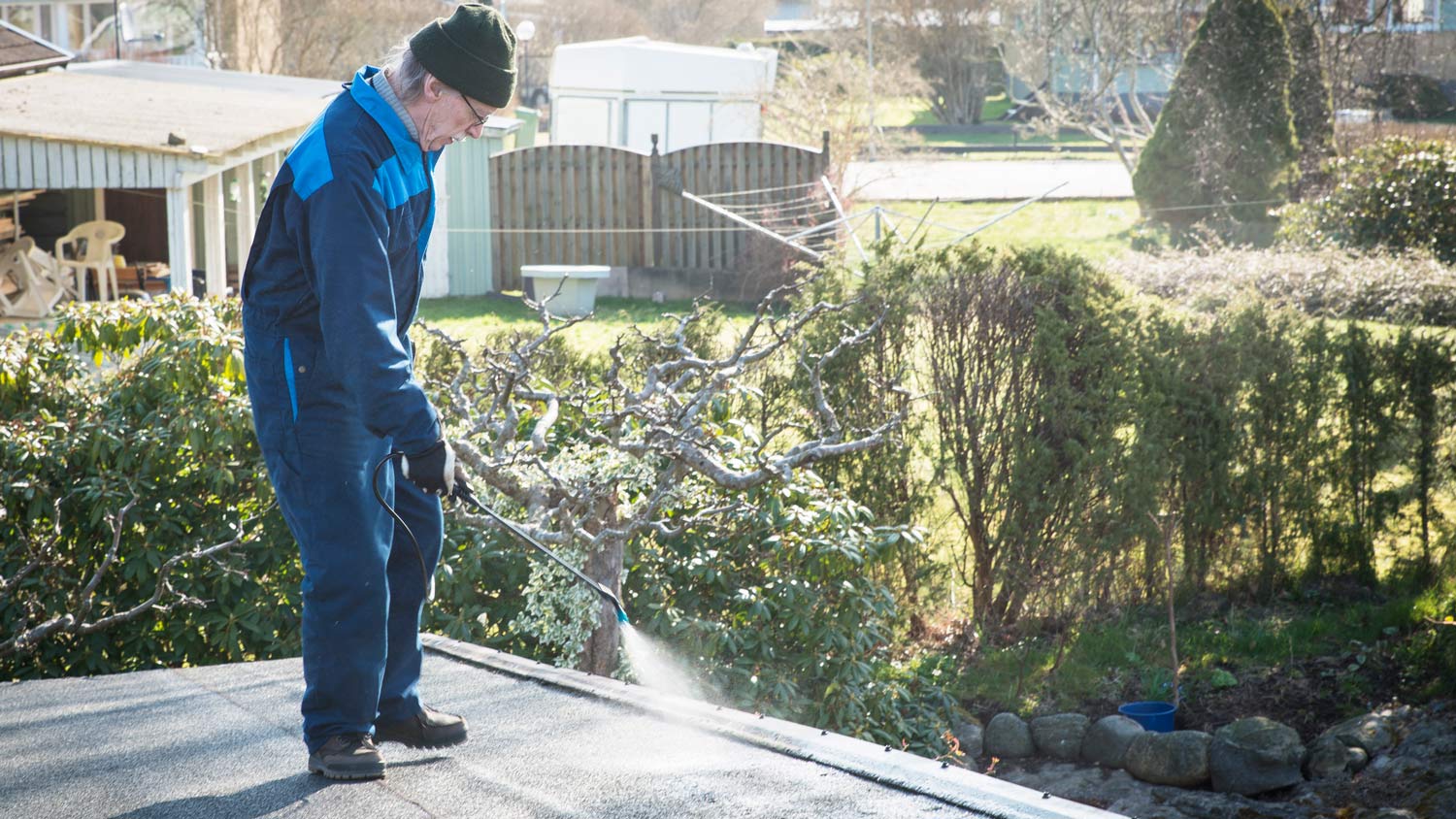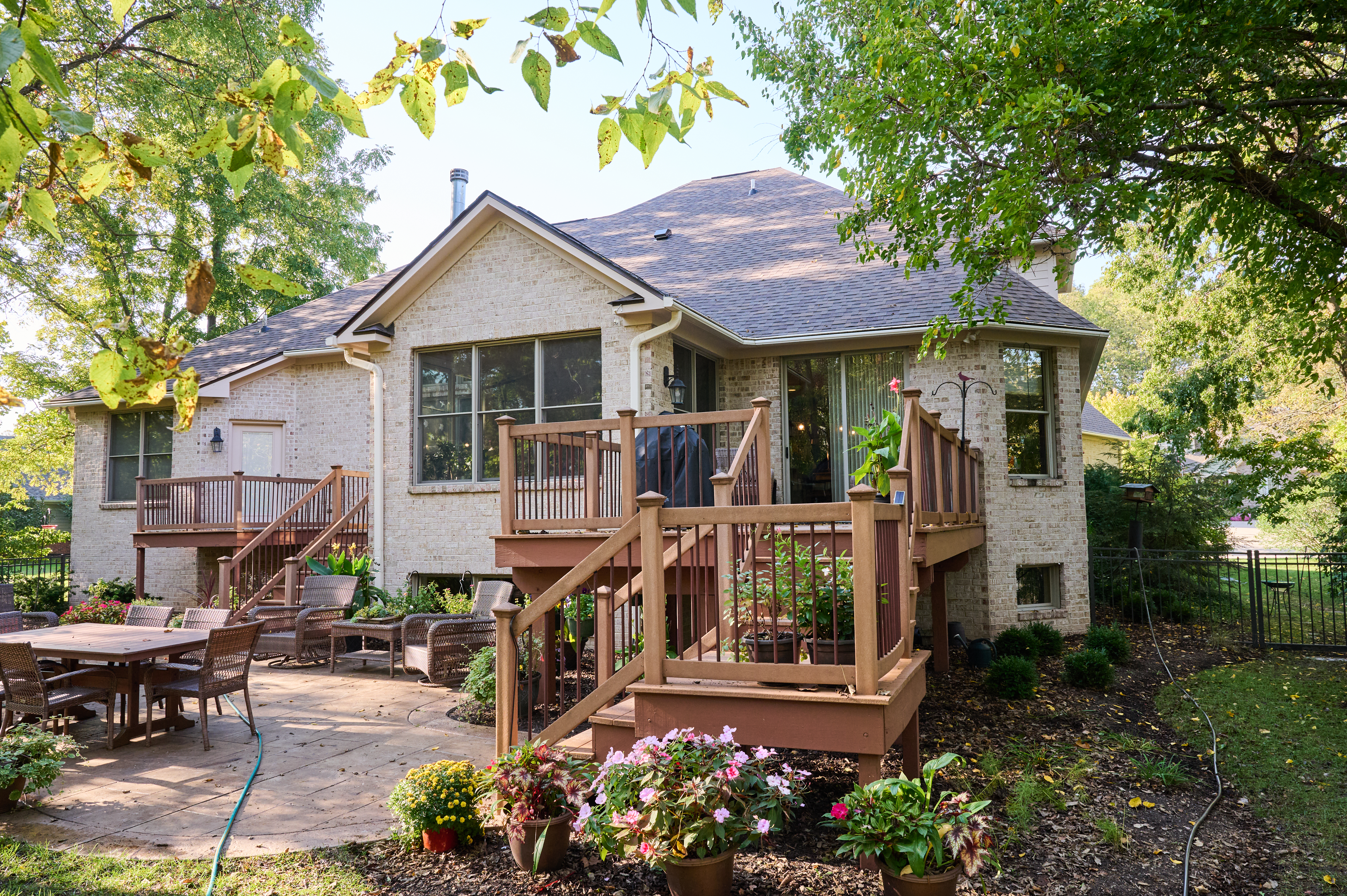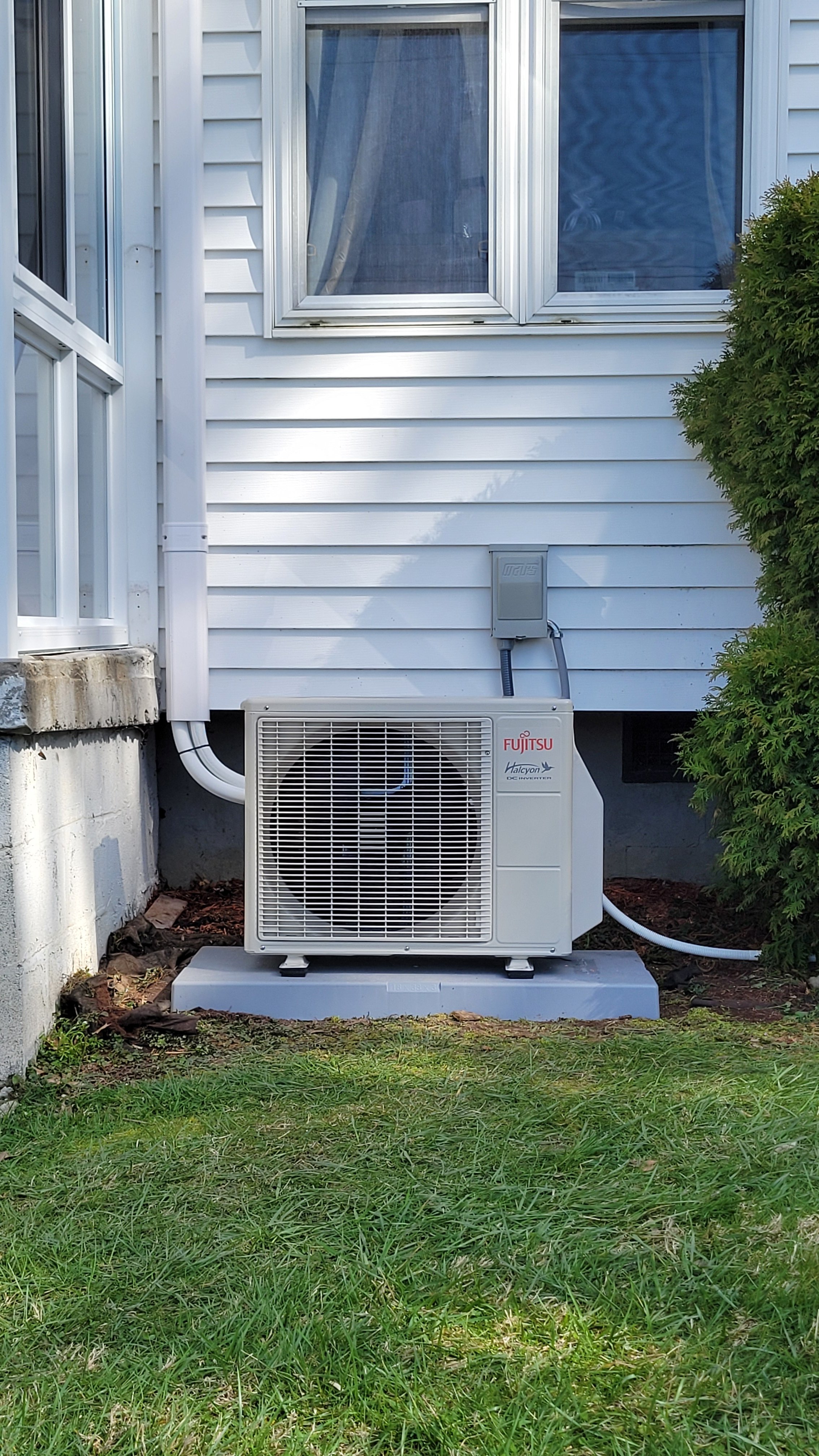
Get matched with top gas log pros in Centralia, KS
Enter your zip and get matched with up to 5 pros
Need a pro for your gas log service project in Centralia, KS?
Verified Reviews for Gas Log Service pros in Centralia, KS
*The Angi rating for Gas Log Service companies in Centralia, KS is a rating based on verified reviews from our community of homeowners who have used these pros to meet their Gas Log Service needs.
*The HomeAdvisor rating for Gas Log Service companies in Centralia, KS is a rating based on verified reviews from our community of homeowners who have used these pros to meet their Gas Log Service needs.
Last update on November 26, 2025
Find Gas log pros in Centralia
No results for Gas log pro in
Try adjusting your search criteria.The homeowners guide to home care is here
From average costs to expert advice, get all the answers you need to get your job done.

Looking to boost your home’s curb appeal and protect it from water and rodents? Learn about the cost to install aluminum soffits and what affects pricing.

Spray foam roofing is a budget-friendly option to protect your home from energy loss and water damage. Learn how much spray foam roofing costs.
 •
•Find out average roof shingle repair costs, factors affecting pricing, such as material and labor, and how to save on your next roof repair project.

Flat roofs need regular maintenance to prevent leaks and keep leaves and debris from causing damage. Avoid pricey repairs with these seven flat roof maintenance tips.

If you’re an experienced roofing DIYer and want to tackle learning how to seal a roof, this guide will help you navigate all the different steps.

What's a cupola? Is it possible to have one on my home? What do they look like? Learn all about the variety of cupolas you can add to your home or barn.




